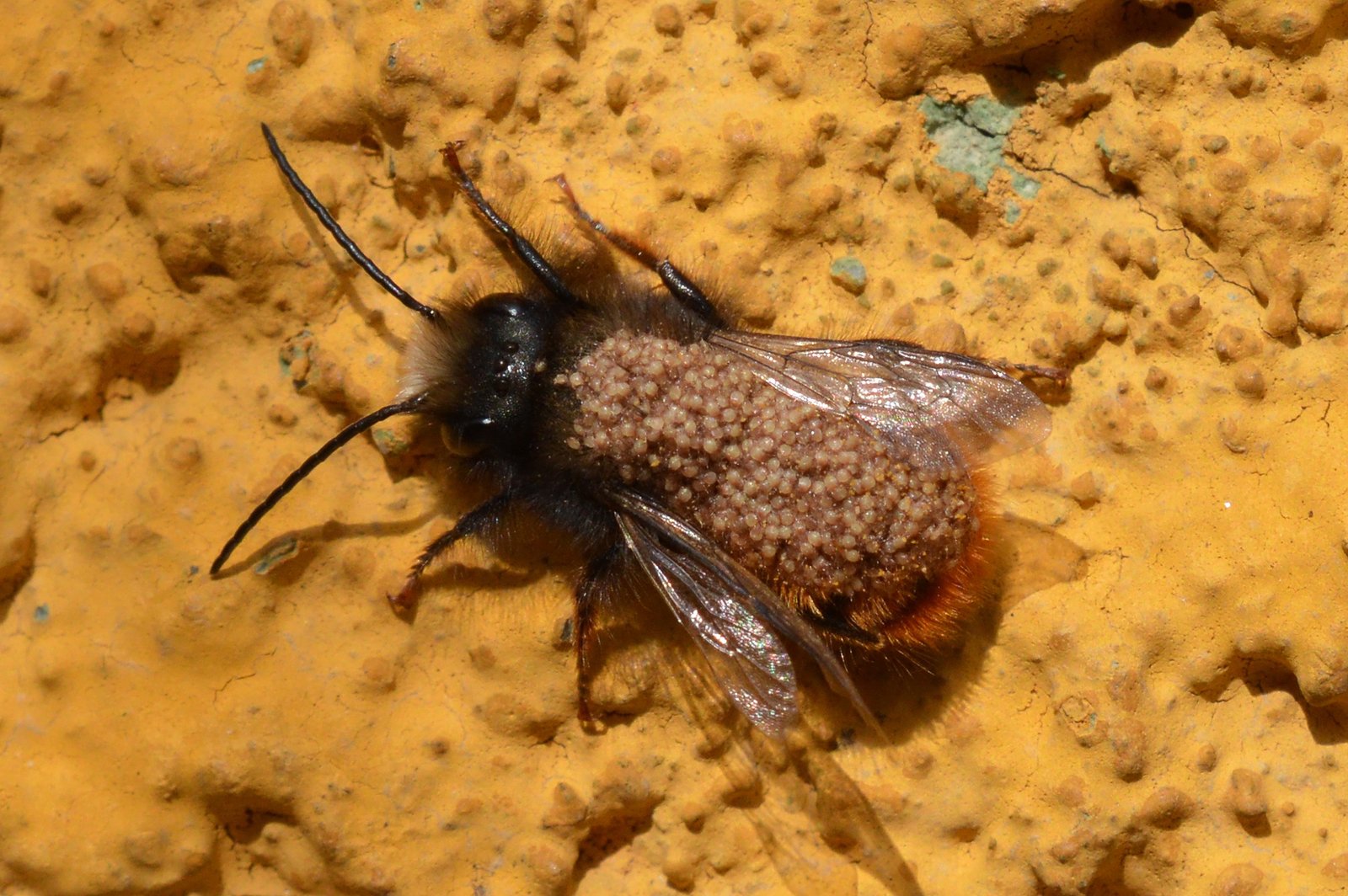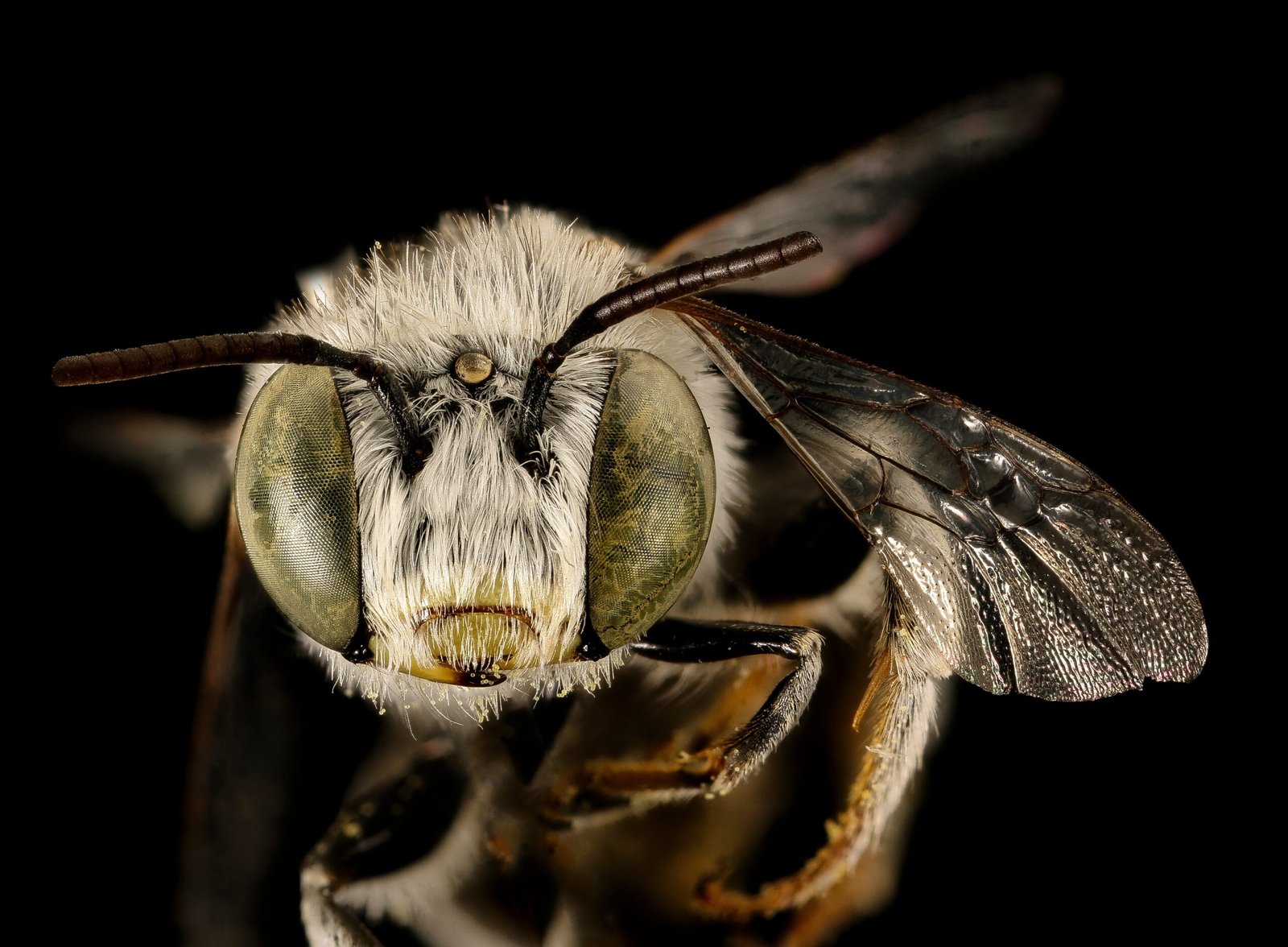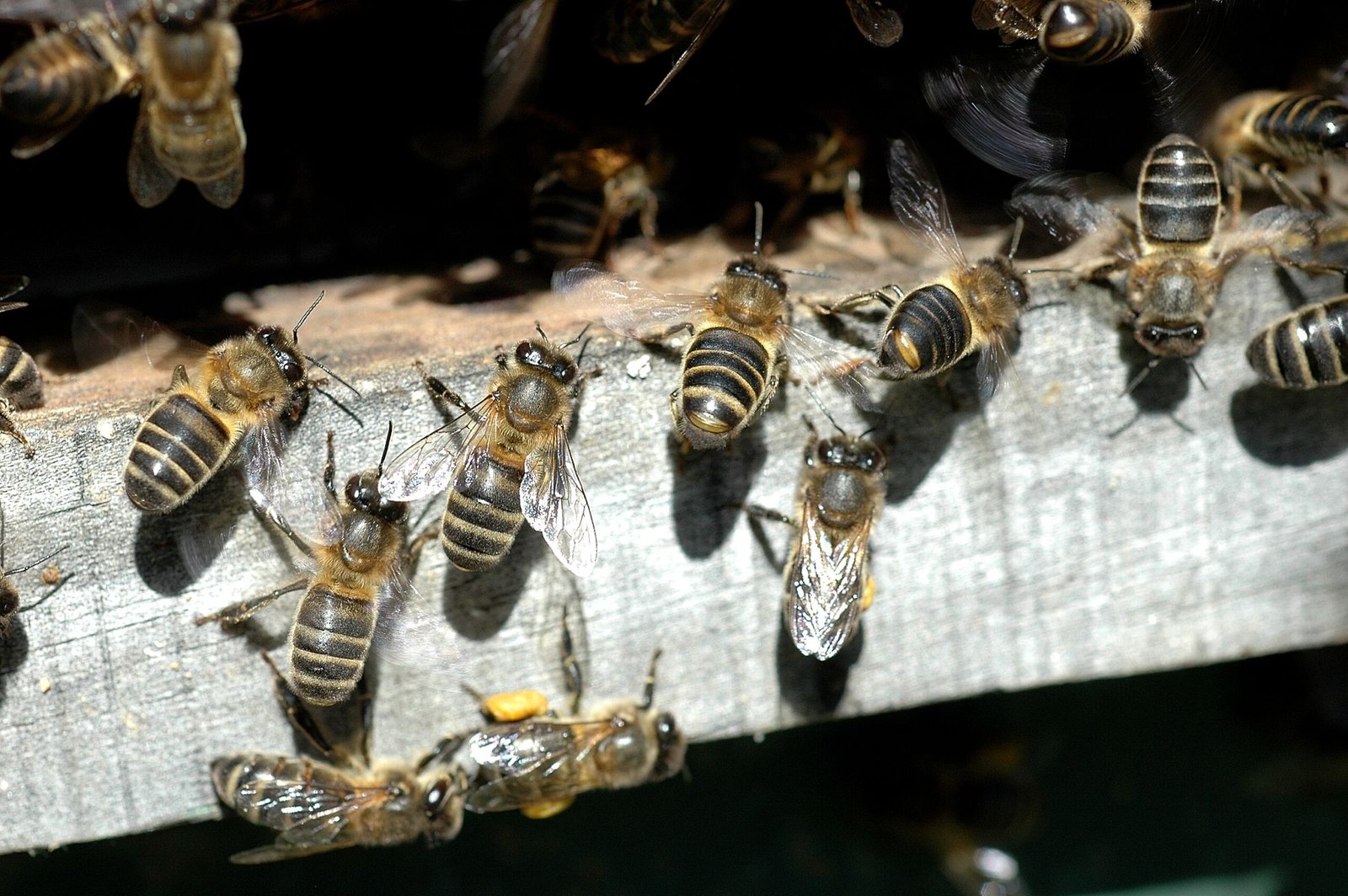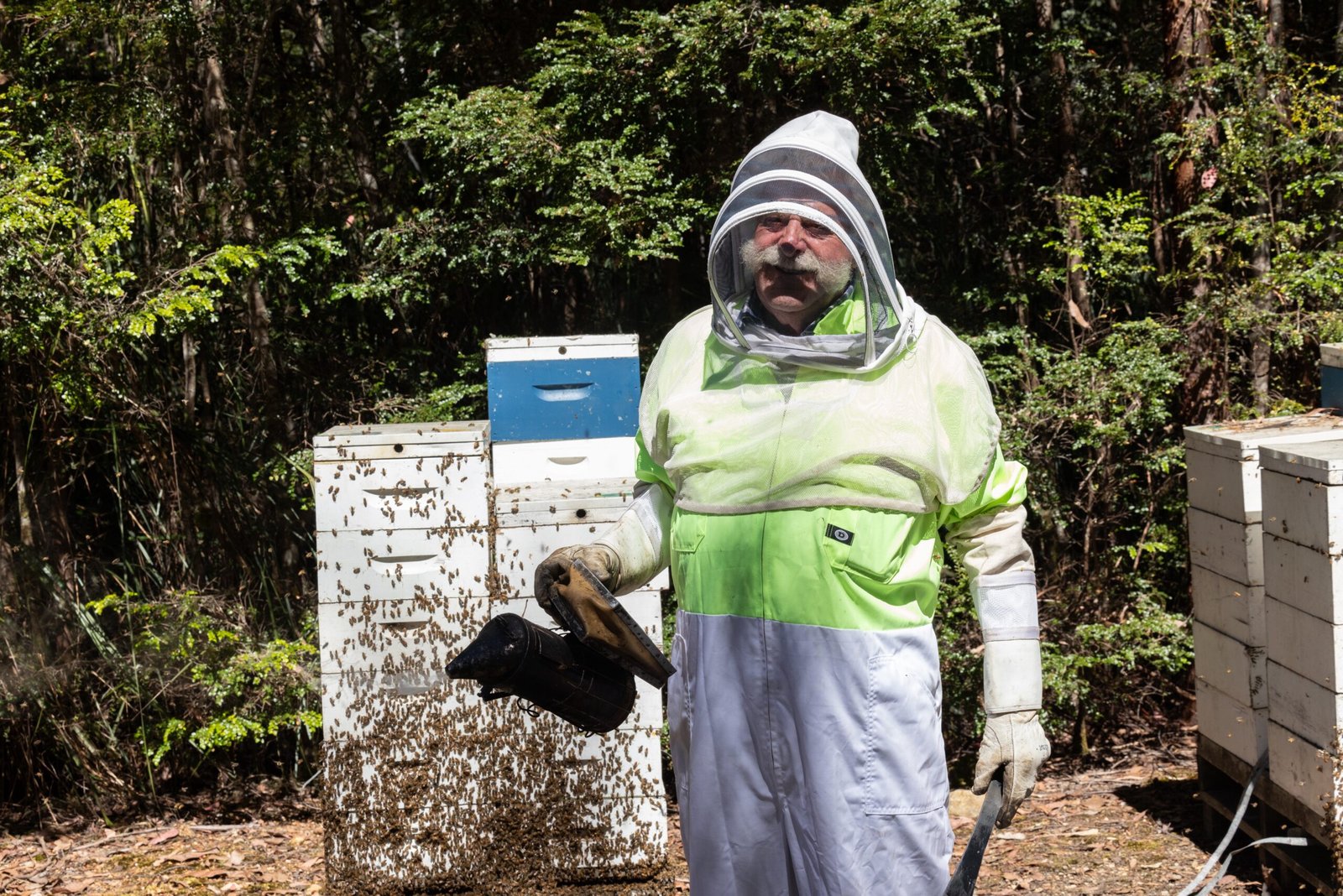It’s a warm afternoon in a bustling meadow, where bees dart from flower to flower, collecting pollen and spreading life. But beneath this idyllic scene lies an ongoing battle as old as time itself. Bees, those industrious architects of the natural world, are not only fighting for survival against environmental threats but also against parasites that have evolved alongside them. A fascinating twist in this tale is how some bees have taken matters into their own wings, evolving mechanisms to outsmart and combat these parasites. This article delves into the extraordinary world of bees that have turned the tables on their own adversaries.
The Invisible Enemy: Understanding Bee Parasites

Before we understand how bees fight back, it’s crucial to know the enemy. Parasites like Varroa mites have plagued bee colonies for decades, latching onto bees and feeding on their bodily fluids. These mites weaken the bees, making them susceptible to viruses and infections. They’re not just freeloaders; they’re strategic, targeting the young larvae and pupae within the hive. This parasitic relationship has caused significant declines in bee populations worldwide, posing a threat to global biodiversity and agriculture.
Natural Selection’s Role in Bee Evolution
Just as nature equips predators with stealth and strength, it provides prey, like bees, with tools to survive. Over generations, bees have adapted to combat these relentless parasites. Natural selection, the mechanism driving evolution, ensures that only the fittest survive. In this case, bees with traits that help them resist or remove parasites are more likely to thrive and pass on these beneficial traits to their offspring. It’s an evolutionary arms race, with bees constantly adapting to outsmart their parasitic foes.
Grooming Behavior: The First Line of Defense

One of the most remarkable adaptations bees have developed is enhanced grooming behavior. Like a cat meticulously cleaning its fur, bees have become adept at removing mites from their bodies. This self-cleaning action is not just individualistic; it’s a communal effort. Bees will groom each other, ensuring the entire hive remains as mite-free as possible. This behavior significantly reduces the mite load, giving the colony a fighting chance against these persistent parasites.
Varroa-Sensitive Hygiene: A Community Effort
Some bee colonies have developed a keen sense of Varroa-sensitive hygiene (VSH). This involves identifying and removing infested brood cells from the hive. Worker bees can detect when a cell contains developing bees that have been compromised by mites. By removing these infected cells, bees prevent the mites from reproducing and spreading further. This communal strategy illustrates the bees’ ability to work together, prioritizing the colony’s health over individual members.
Genetic Resistance: Breeding the Future
Selective breeding has played a vital role in the evolution of mite-resistant bees. Beekeepers and scientists have collaborated to identify and propagate bee strains that naturally exhibit resistance to parasites. These efforts focus on enhancing traits like VSH and grooming behavior. By breeding bees that are genetically predisposed to resist mites, a new generation of resilient bees is emerging. This approach not only strengthens the bee population but also ensures long-term sustainability.
Behavioral Adaptations: The Power of Smell

Bees are known for their acute sense of smell, which they use for navigation, finding food, and communication. Interestingly, this olfactory prowess is now being harnessed to combat parasites. Bees can detect the pheromones released by mites, alerting them to an infestation. This ability allows bees to take preemptive action, either by grooming themselves or by informing the colony, thus enabling a coordinated response to the threat.
Environmental Factors: The Impact of Habitat

The environment in which bees live plays a crucial role in their ability to fight parasites. Diverse habitats with a variety of flowering plants provide bees with the nutrition they need to maintain strong immune systems. Healthy bees are better equipped to resist parasites. Additionally, natural habitats often have fewer pesticide residues, which can weaken bees and make them more vulnerable to infections and parasites.
The Role of Beekeepers: Guardians of the Hive

Beekeepers are on the front lines of the battle against bee parasites. By monitoring hives and implementing integrated pest management strategies, they help maintain healthy colonies. Beekeepers also play a crucial role in breeding and spreading mite-resistant bee strains. Their efforts are essential in ensuring that bees have the support they need to thrive despite the challenges posed by parasites.
The Future of Bee Evolution: Hope on the Horizon
The evolution of bees in response to parasitic threats offers hope for the future. As bees continue to adapt, they provide valuable insights into the resilience of nature. Their ability to evolve and develop new strategies to combat parasites is a testament to the power of natural selection. The ongoing research and breeding efforts give us optimism that bees will continue to play their vital role in our ecosystem.
A Call to Action: Protecting Our Pollinators

The story of bees evolving to fight their parasites is a reminder of the delicate balance of nature. As stewards of the environment, it’s our responsibility to protect these vital pollinators. By supporting sustainable agriculture, reducing pesticide use, and preserving natural habitats, we can ensure that bees have a fighting chance. Our actions today will determine the future of these remarkable creatures and, in turn, the health of our planet.




